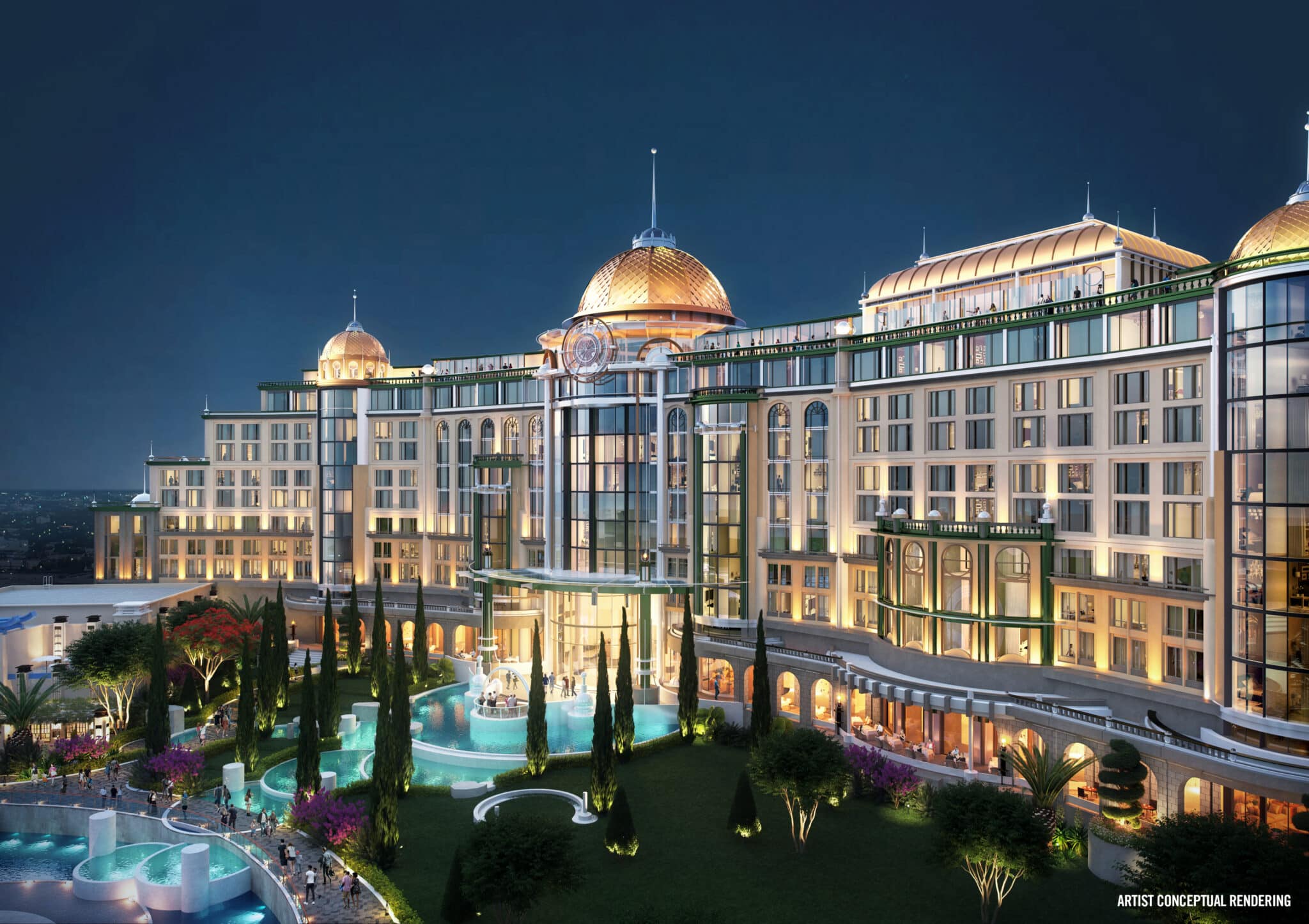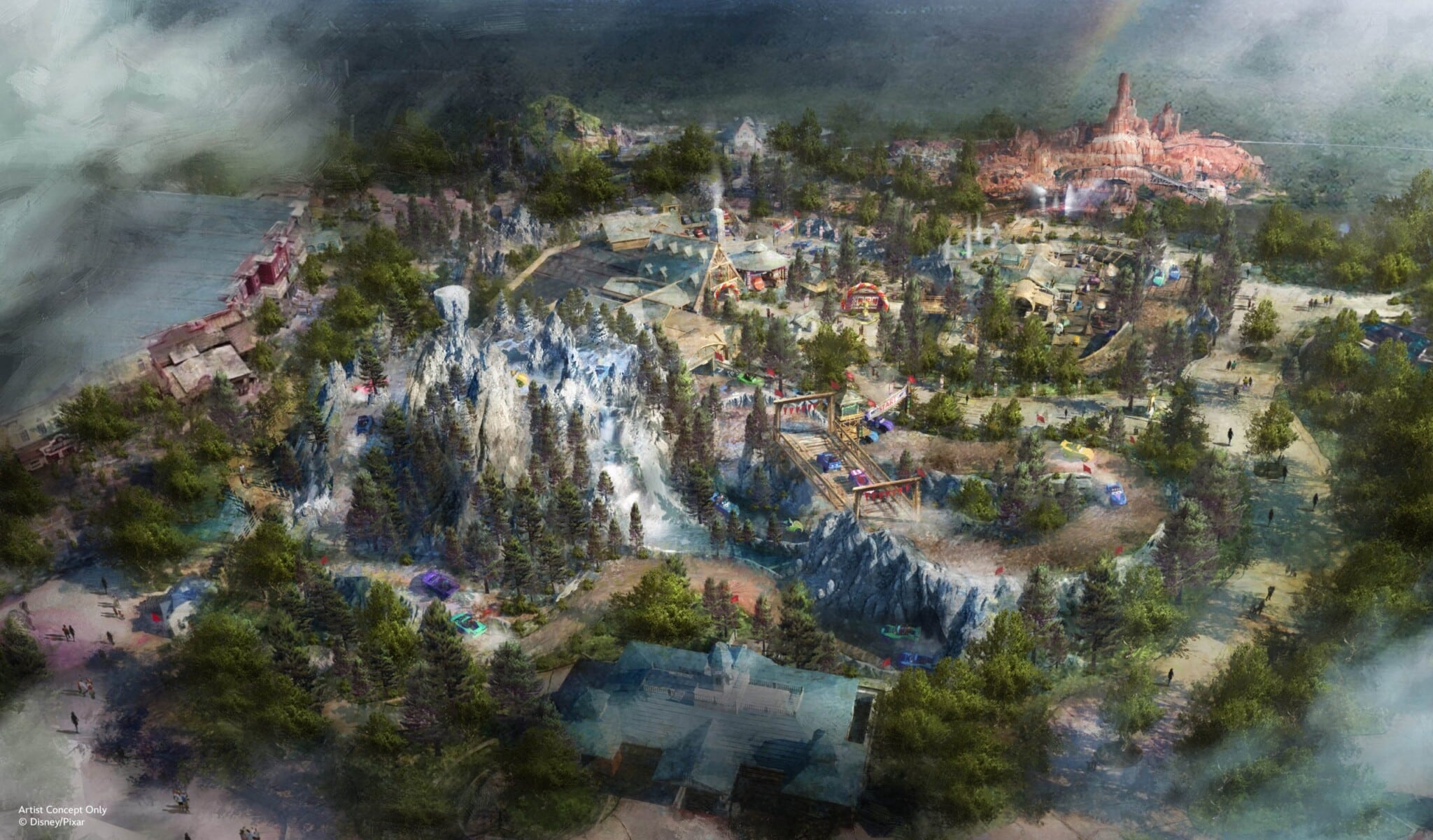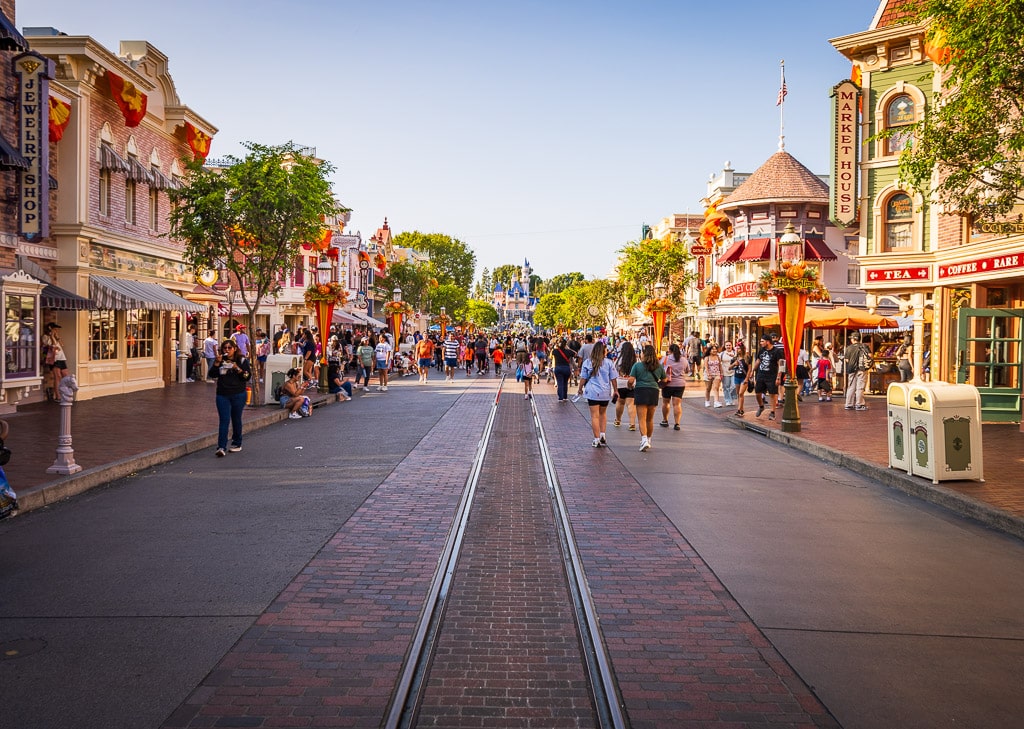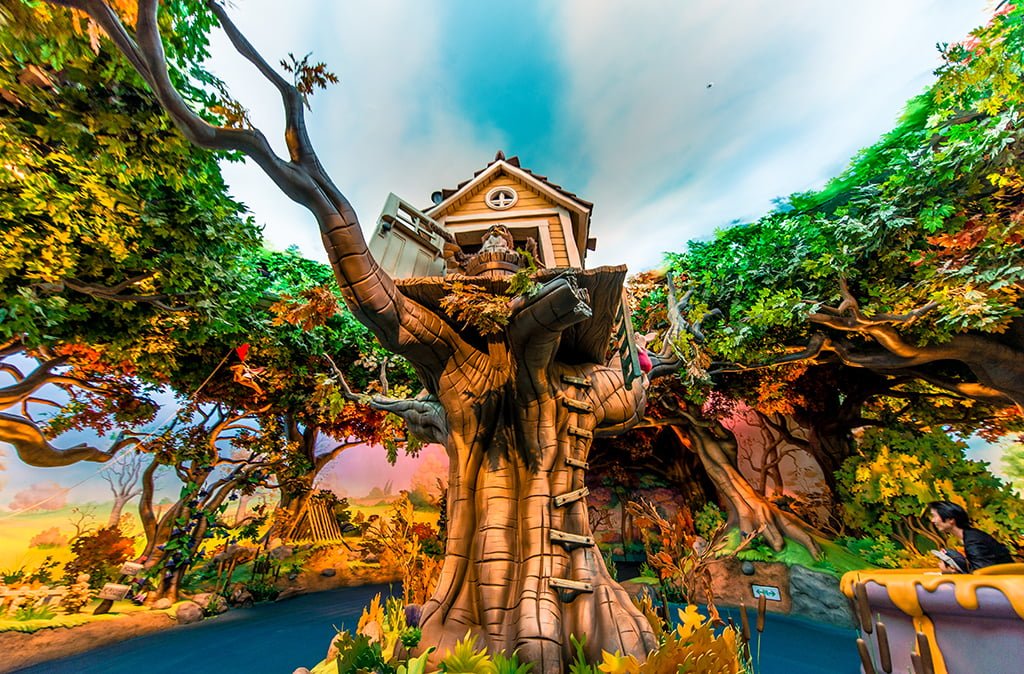
Tokyo Disney Resort has announced that free FastPass is being permanently retired, but in a plot twist, it’s not being fully replaced by a completely paid alternative like Genie+ and Lightning Lanes. Instead, unpaid Priority Pass is being introduced. This post details the Tokyo Disneyland and DisneySea attractions that’ll offer free line-skipping again, plus our commentary, implications for Walt Disney World and Disneyland, and what to expect going forward.
Let’s start with the announcement from Oriental Land Company, the owner and operator of Tokyo Disney Resort. In commemoration of the Tokyo Disney Resort 40th Anniversary ‘Dream-Go-Round celebration, Priority Pass will soon become available for select experiences at Tokyo Disneyland and Tokyo DisneySea.
This service, available free of charge, will be introduced in Summer 2023 for a “limited period” and will allow guests to enjoy certain attractions with a reduced wait time. The Tokyo Disney Resort 40th Anniversary Priority Pass gives guests the ability to select eligible experiences using the Tokyo Disney Resort App after entering the park.
Guests will be able to enter the attraction from a designated line at a specified time and enjoy their selected experience with a reduced wait time. This service will provide options for how guests experience Tokyo Disneyland and DisneySea, offering convenience and added flexibility for those who wish to personalize their experience and get the most out of their visit.
The launch date for the Tokyo Disney Resort 40th Anniversary Priority Pass is yet to be determined, but is scheduled to become available in Summer 2023. Below are the eligible attractions for the unpaid Priority Pass in each park:
Tokyo Disneyland
- Star Tours: The Adventures Continue
- Space Mountain
- Buzz Lightyear’s Astro Blasters
- Big Thunder Mountain
- Pooh’s Hunny Hunt
- Haunted Mansion
- Monsters, Inc. Ride & Go Seek!
Tokyo DisneySea
- Aquatopia
- Indiana Jones Adventure: Temple of the Crystal Skull
- 20,000 Leagues Under the Sea
- Turtle Talk
- Nemo & Friends SeaRider
- The Magic Lamp Theater
- Raging Spirits
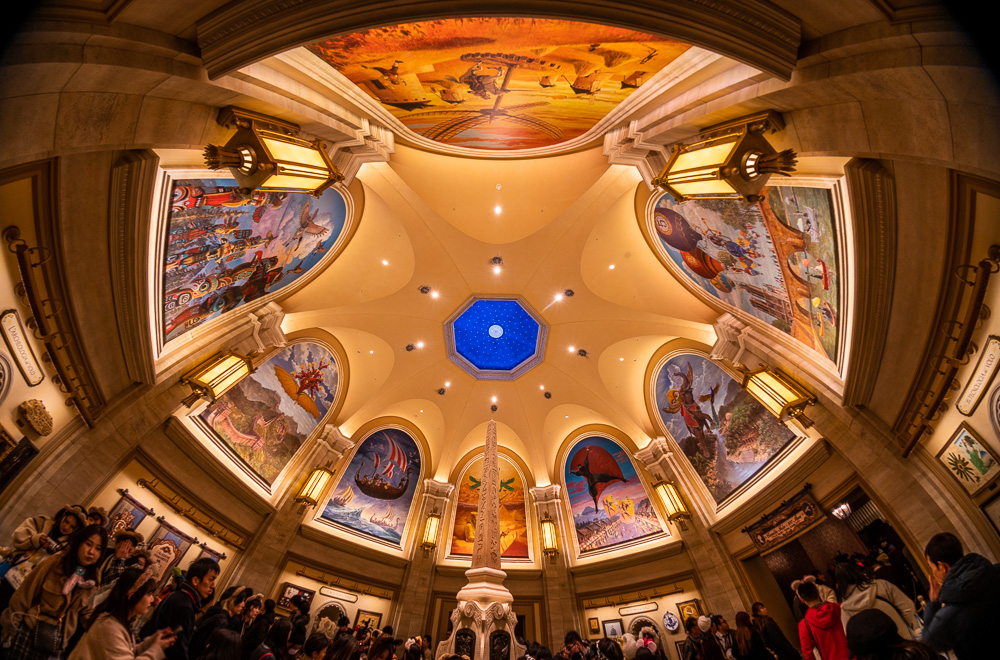
In addition to this, Tokyo Disney Resort also has its own version of paid FastPass that launched a couple years ago. Here are the paid Premier Access attractions in each park, along with their per-ride costs:
Tokyo Disneyland
- Disney Harmony in Color Parade – 2,500 yen per access
- Tokyo Disneyland Electrical Parade Dreamlights – 2,500 yen per access
- Enchanted Tale of Beauty and the Beast – 2,000 yen per access
- The Happy Ride with Baymax – 1,500 yen per access
- Splash Mountain – 1,500 yen per access
Tokyo DisneySea
- Believe! Sea of Dreams Nighttime Spectacular – 2,500 yen per access
- Soaring: Fantastic Flight – 2,000 yen per access
- Toy Story Mania! – 2,000 yen per access
- Tower of Terror – 1,500 yen per access
- Journey to the Center of the Earth – 1,500 yen per access
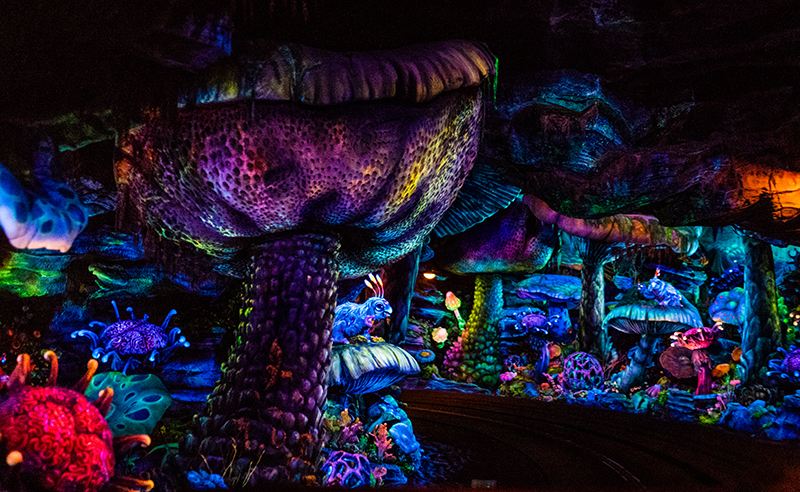
Turning to commentary, the most interesting aspect of this news is that it’s happening at all. Obviously, this is not exactly the same as free FastPass returning in full, as the above free vs. paid line-skipping lists of approximately the same length demonstrate.
Nevertheless, Tokyo Disney Resort is returning to some form of free line-skipping, breaking ranks with every other Disney theme park on the planet. It’s the outlier there, and obviously the outlier in being the only one not fully or partially owned by the Walt Disney Company. While we still don’t know some of the specifics, it’s safe to assume it’ll work via the app in a similar way as before–but with a different name and presumably less frequency. (Also, paper FastPass appears to be gone for good.)
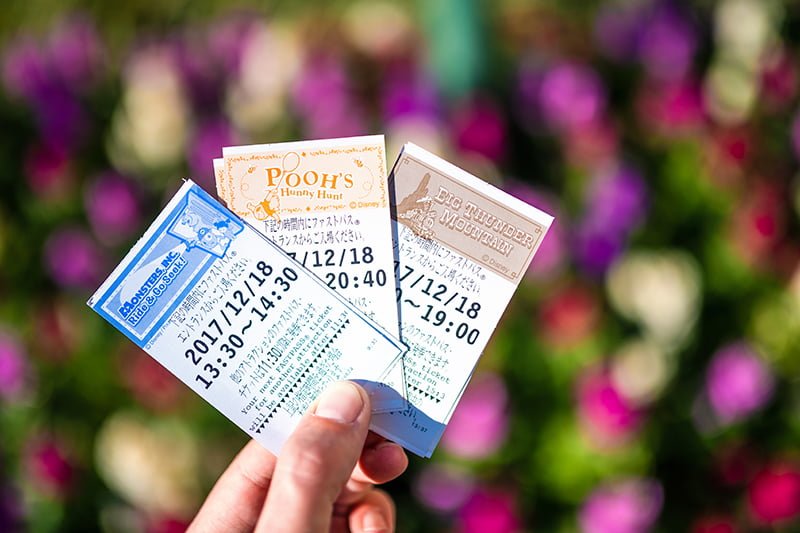
Also of interest is that the name FastPass is being retired. Our strong suspicion here is that this is a mandate from the Walt Disney Company. While the latter doesn’t own or operate Tokyo Disney Resort, it does own that mark and branding. Disney also has the ability to dictate certain operational policies and standards to ensure that the Japan parks are upholding the image and quality of the Disney name (ha).
For reasons that I’ll never understand, Disney made the brilliant decision to retire one of the most recognizable theme park brands of all time in FastPass. A term that had so thoroughly permeated the collective consciousness–even among non-fans–that it had become shorthand for fast lane, much like Kleenex or Band-Aid.
As you’re likely aware, Walt Disney World and Disneyland made the decision to replace that iconic branding with a system that mashes up characters from Aladdin and Cars. Franchises that go together like chocolate and onions. (There’s no shortage of ongoing criticism about the Genie system, but we really don’t talk about how utterly stupid and nonsensical the naming convention is.)
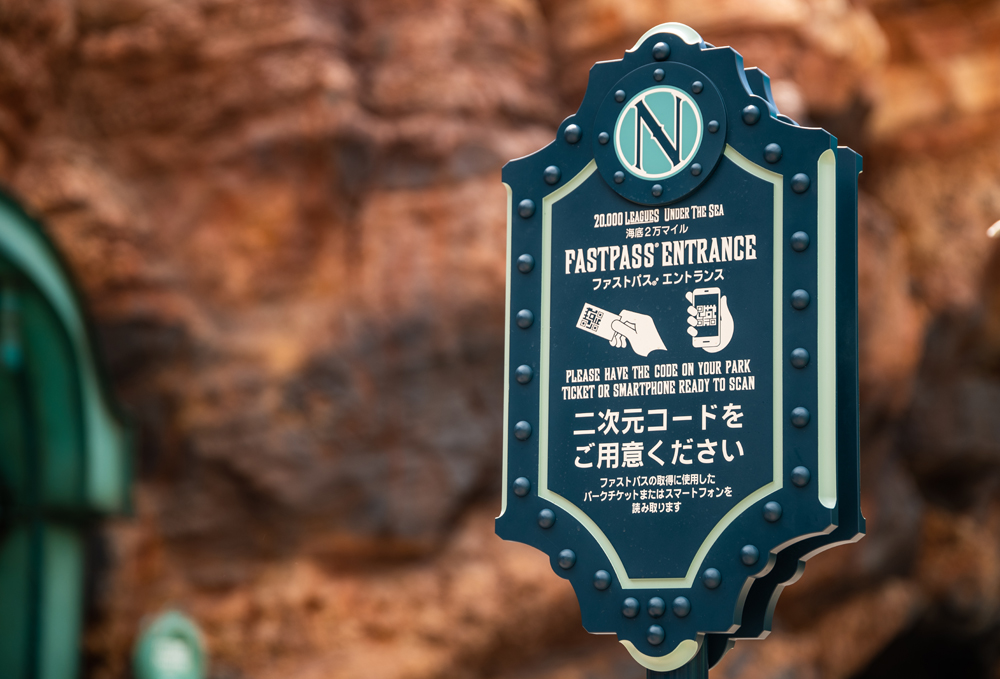
The next wrinkle of this news is that OLC is touting this as a “limited period” offering that starts in Summer 2023. With that said, they’re also advertising the full name as the “Tokyo Disney Resort 40th Anniversary Priority Pass.” Given that branding, it’s necessarily limited to the duration of the 40th Anniversary. It’d be odd for the 50th to roll around and Priority Pass still be referencing a milestone that happened a decade ago.
My expectation is that the intention is for Priority Pass to become permanent, but that OLC wants to give itself latitude in not using the system. It wouldn’t be the least bit surprising if Priority Pass is utilized during below-peak times of the year, but suspended at times when attendance soars. That’s because line-skipping services reduce park capacity–as we’ve discussed repeatedly elsewhere, they’re a form of virtual queue that effectively allow guests to be in two places at one time.
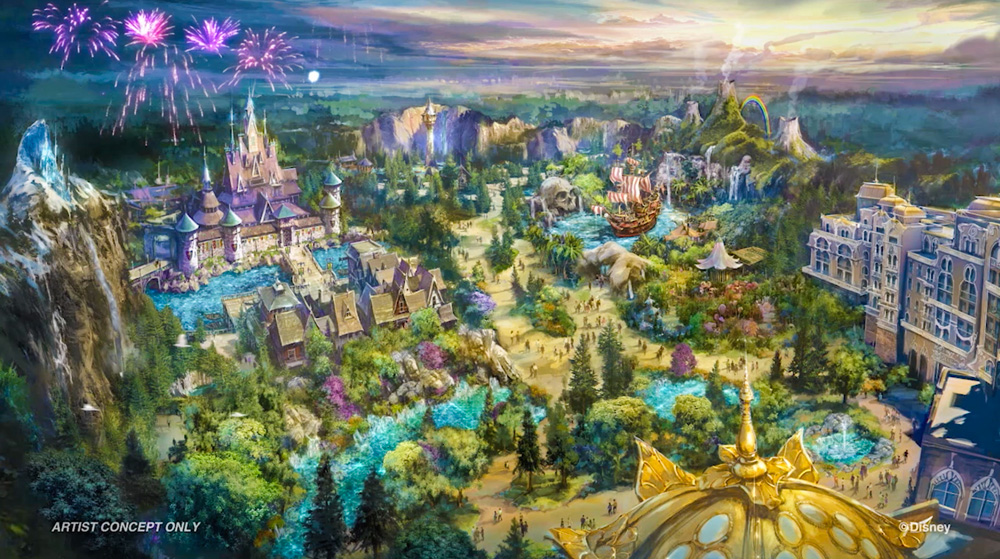
Continuing with guesses, my next one is that attractions from the Premier Access list above gradually move to the Priority Pass list. This might be bold and I very well could be wrong, as the Premier Access lineup has already expanded a couple of times in the last year or so. It started as only the headliners in each park, then added the new Tokyo DisneySea nighttime spectacular, then added more rides in both parks, and then added parades.
It’s a foregone conclusion that the attractions in Fantasy Springs at Tokyo DisneySea will join the Premier Access paid line-skipping lineup. Probably all of them, including the Pixie Hollow kiddie ride. There’s also the reality that OLC is attempting to reposition Tokyo Disney Resort as a bona fide destination for domestic and, to a lesser extent, international tourists.
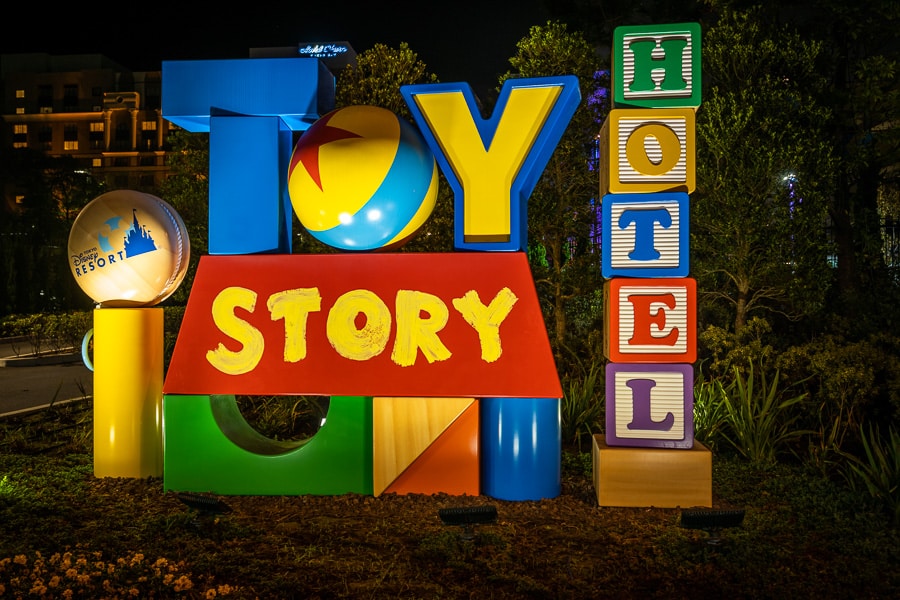
A lot has been done post-reopening to cater to those guests instead of the diehard locals–but that was an inevitability even without the closure. Theme park operators don’t invest billions of dollars to continue catering to the same locals and diehard fans that would visit regardless. It’s the same playbook used by Disneyland for the last decade-plus…and it has produced only mixed results.
Point being, with this attempted transformation into more of a vacation destination for infrequent visitors, OLC has been attempting an increasing number of upcharges, enhancements, priority seating, and package offerings. The logical conclusion would thus be to expect more of this, not less of it, going forward–especially with Fantasy Springs as a blockbuster addition with tremendous drawing power.
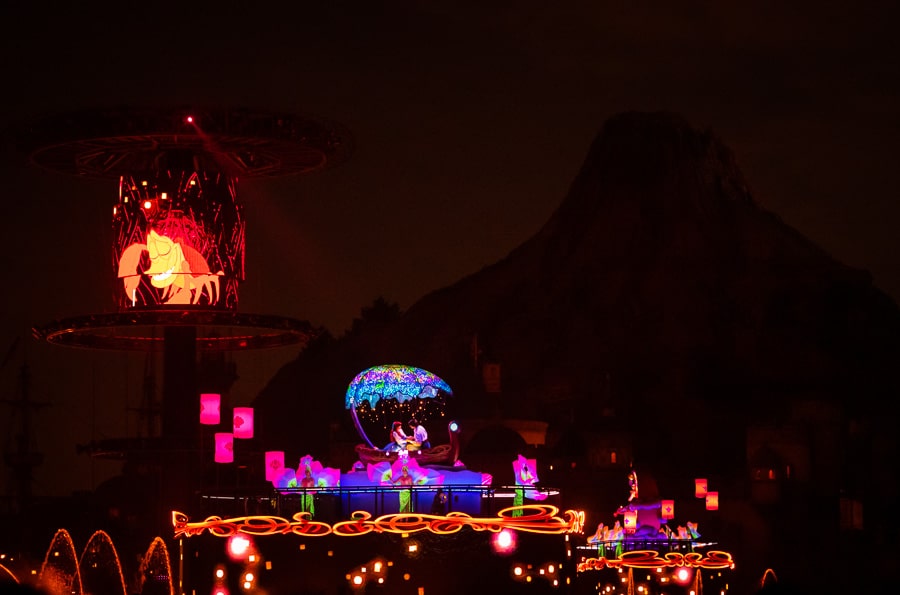
However, OLC’s desire to transform the parks from a locals’ hangout to a bona fide tourist destination does not make it so. (Again, see Disneyland.) The Japanese are famously frugal and not free spenders like their western counterparts, which is why inflation has not been nearly as pronounced in Japan as other countries coming out of the pandemic…or even for the last two decades.
For this and other reasons, the Bank of Japan has taken a divergent approach to monetary policy…which is why the yen is weaker and Japan is such an attractive destination for international tourists right now. There are countless current and historical explanations as to why inflation is lower in Japan, which are quite fascinating but beyond the scope of this post. To that point, I’d highly recommend watching this video about “Japanification.” That covers why low inflation might sound great, but it’s not all rainbows and sunshine for the people of Japan.
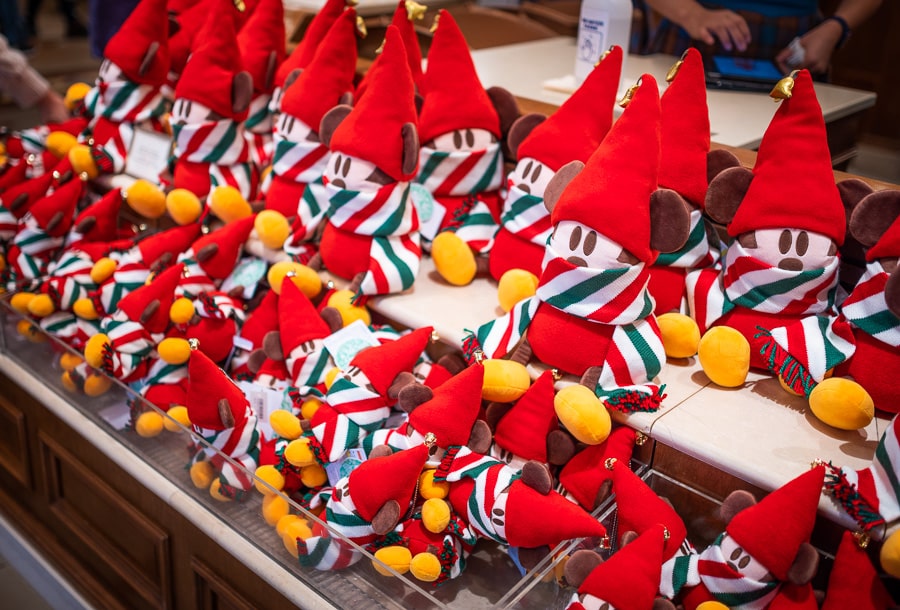
In any case, Tokyo Disney Resort has benefitted from freer spending guests as a result of fiscal stimulus for domestic tourists, followed by an influx of international visitors who view everything in Japan as being “on sale” as a result of the weak yen. Just like at Walt Disney World and Disneyland, there’s also been pent-up demand driving spending–but that’s starting to cool faster than it did at the US parks.
Anecdotally, we’ve heard that paid Premier Access is not a straightforward add-on for a growing number of guests, but instead, comes at the expense of buying souvenirs, snacks, etc. In other words, that it’s not a new revenue stream that simply adds to per guest spending–Japanese guests go into the parks with a set budget and spend that amount one way or another. They don’t splurge or go into debt with impulse buys.
As pent-up demand slows and consumer sentiment sours, our expectation would be that further belt-tightening occurs and guest uptake of Premier Access for borderline attractions decreases. With a free alternative once again available, we’d expect more attractions (and probably entertainment) to be moved over to that bucket. That’s essentially our core thesis, and why we believe the current trend will reverse course even with Fantasy Springs opening. But that prediction could very well be wrong, especially if OLC sees success in attracting more tourists.
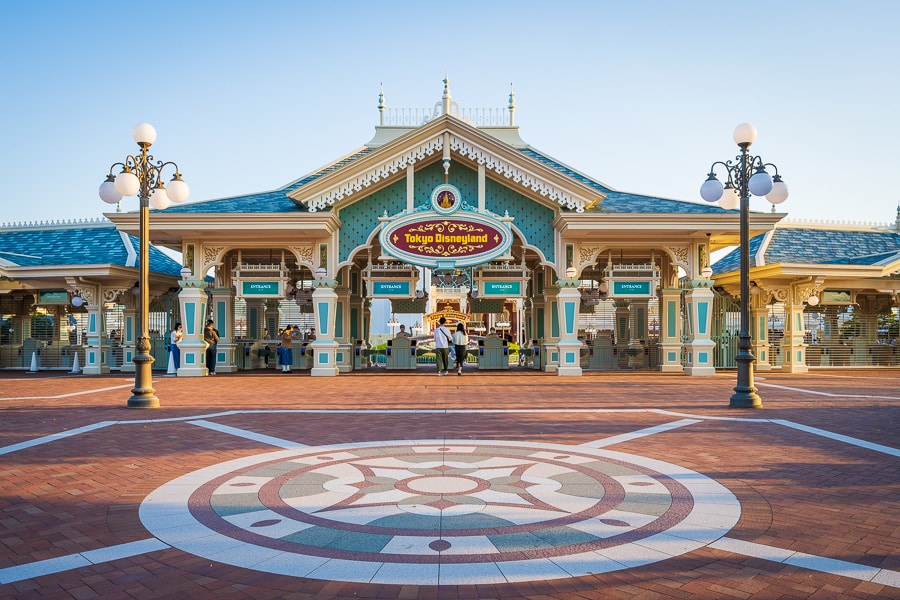
Ultimately, the return of free line-skipping at Tokyo Disneyland and DisneySea is very much a good thing, even if it’s only a small and (supposedly) limited time step in that direction. Although owned by a different company, this alone proves that paid line-skipping is not permanent damage that cannot be undone over the course of time.
With that said, we don’t want to give false hope that the same will happen anytime soon at Walt Disney World or Disneyland. For one thing, American consumers are fundamentally different and have a far higher tolerance for spending freely and taking on debt. And in fairness, household balance sheets in the United States also tend to look better.
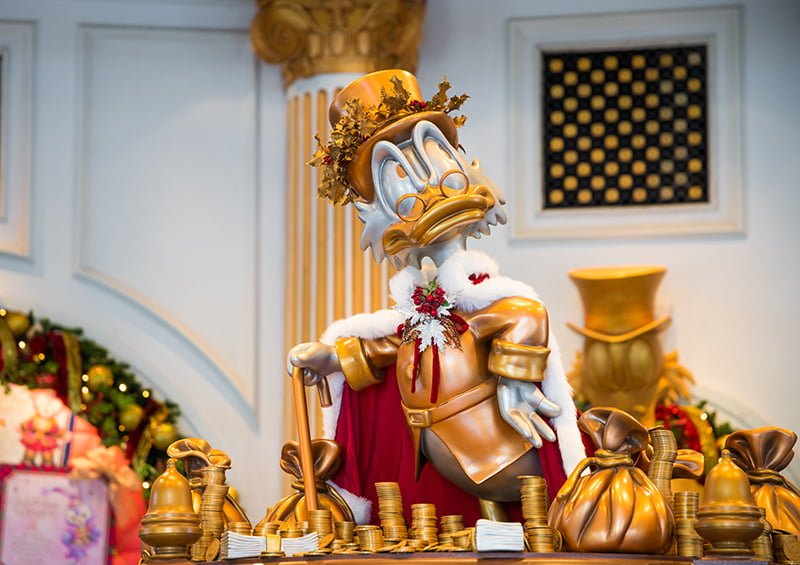
Moreover, despite all the fears of recession and economic downturn, Americans feel good about their own finances. (Seriously, 73% of Americans feel good about their own financial circumstances…but only 18% feel that way about the national economy. Those numbers don’t quite add up!) This is important because, even as Walt Disney World is experiencing a summer slowdown, that’s more of a mild return to reality than it is the demand plummeting.
To that point, there’s also the reality that once the Walt Disney Company gets a taste of a new revenue stream, it’s very difficult to put the genie back in the bottle–both literally and figuratively. Many of the highly-touted 40% increases to per guest spending have been driven by ticket and resort price increases, and further fueled by monetizing FastPass. Even as CEO Bob Iger has made a lot of positive and guest-friendly changes upon returning, Genie+ has only gotten more expensive on average during that time. That trend is only likely to continue until guest spending and sentiment sour on the paid FastPass replacement.
At some point in the future, it is possible that Walt Disney World and Disneyland make a change like this. However, we’re probably talking years down the road. It’ll likely require a deep recession during which a majority of Americans feel negatively about their personal finances, Disney losing market share in a meaningful way, and needing to lure back disillusioned fans. Wishful thinking aside, the US parks aren’t even remotely near any of those points and, as such, the company has absolutely no incentive to bring back free FastPass and leave Lightning Lane revenue on the table.
Planning a trip to Tokyo Disney Resort? For comprehensive advice, the best place to start is our Tokyo Disneyland & DisneySea Trip Planning Guide! For more specifics, our TDR Hotel Rankings & Reviews page covers accommodations. Our Restaurant Reviews detail where to dine & snack. To save money on tickets or determine which type to buy, read our Tips for Saving Money post. Our What to Pack for Disney post takes a unique look at clever items to take. Venturing elsewhere in Japan? Consult our Ultimate Guide to Kyoto, Japan and City Guide to Tokyo, Japan.
YOUR THOUGHTS
What do you think of OLC introducing the Tokyo Disney Resort 40th Anniversary Priority Pass? Expect this to be expanded or become permanent over time? Think that Premier Access will reverse course, or is targeting higher and freer spending guests a viable plan in Japan? Do you agree or disagree with our assessment? Any questions? Hearing your feedback—even when you disagree with us—is both interesting to us and helpful to other readers, so please share your thoughts below in the comments!



